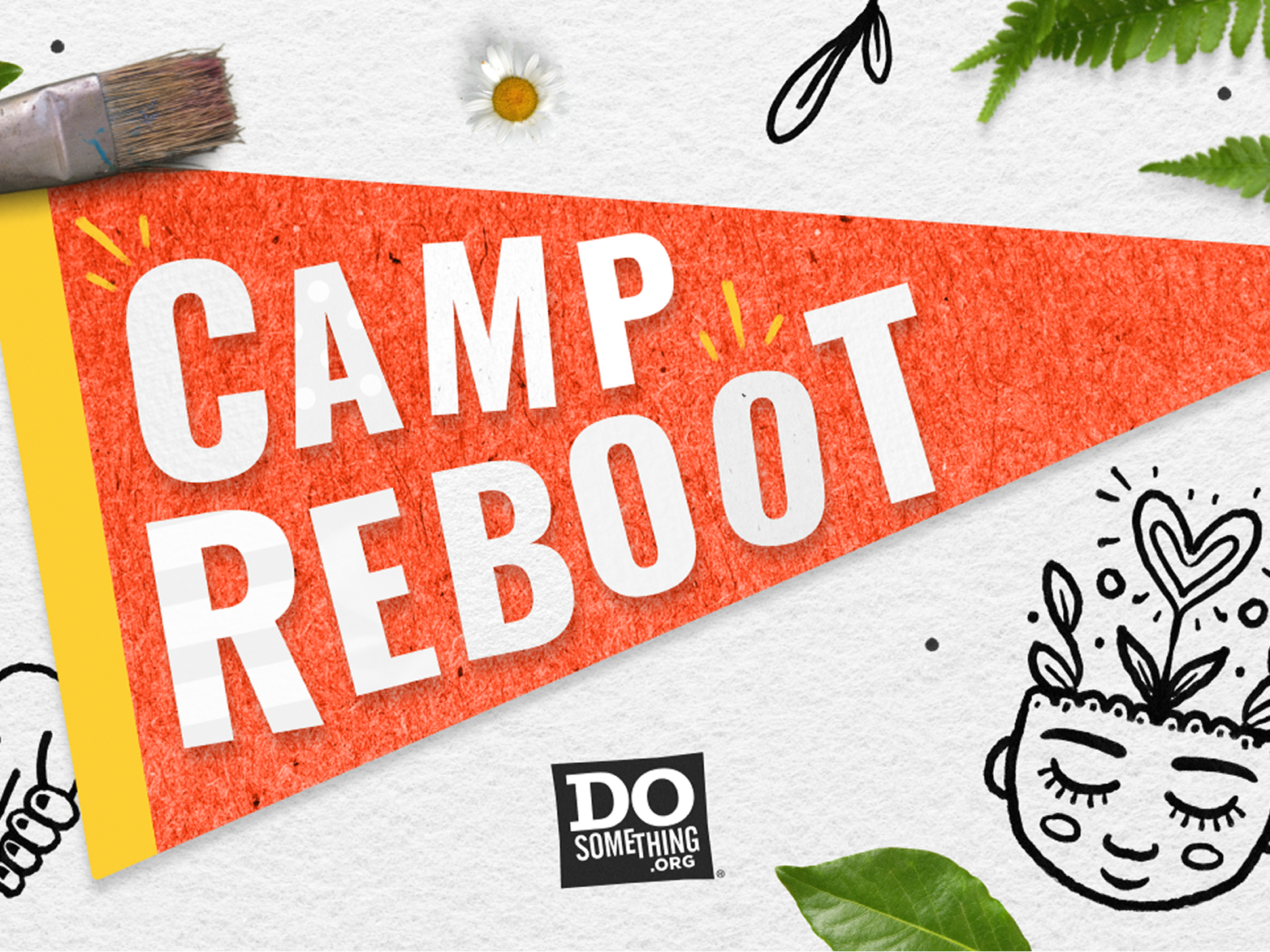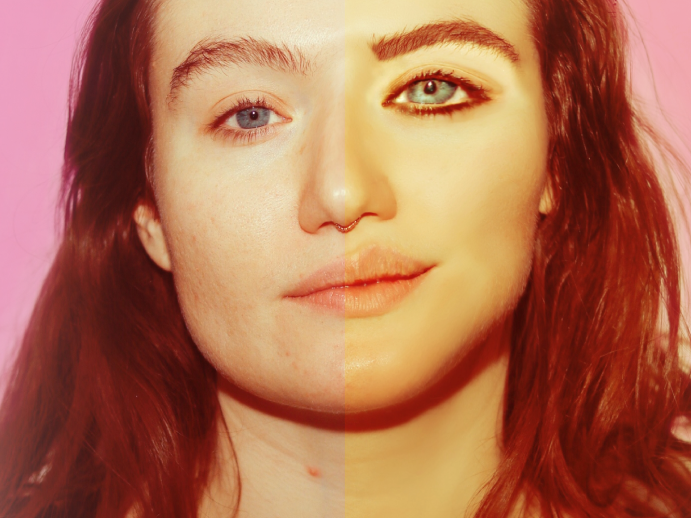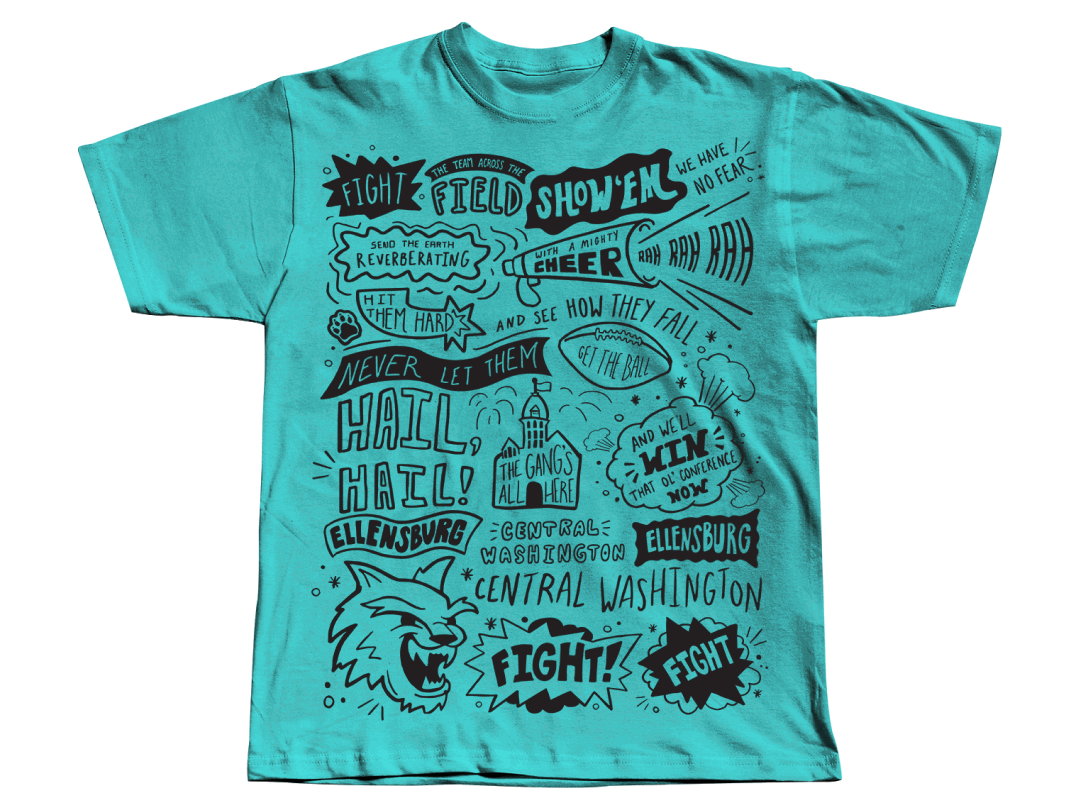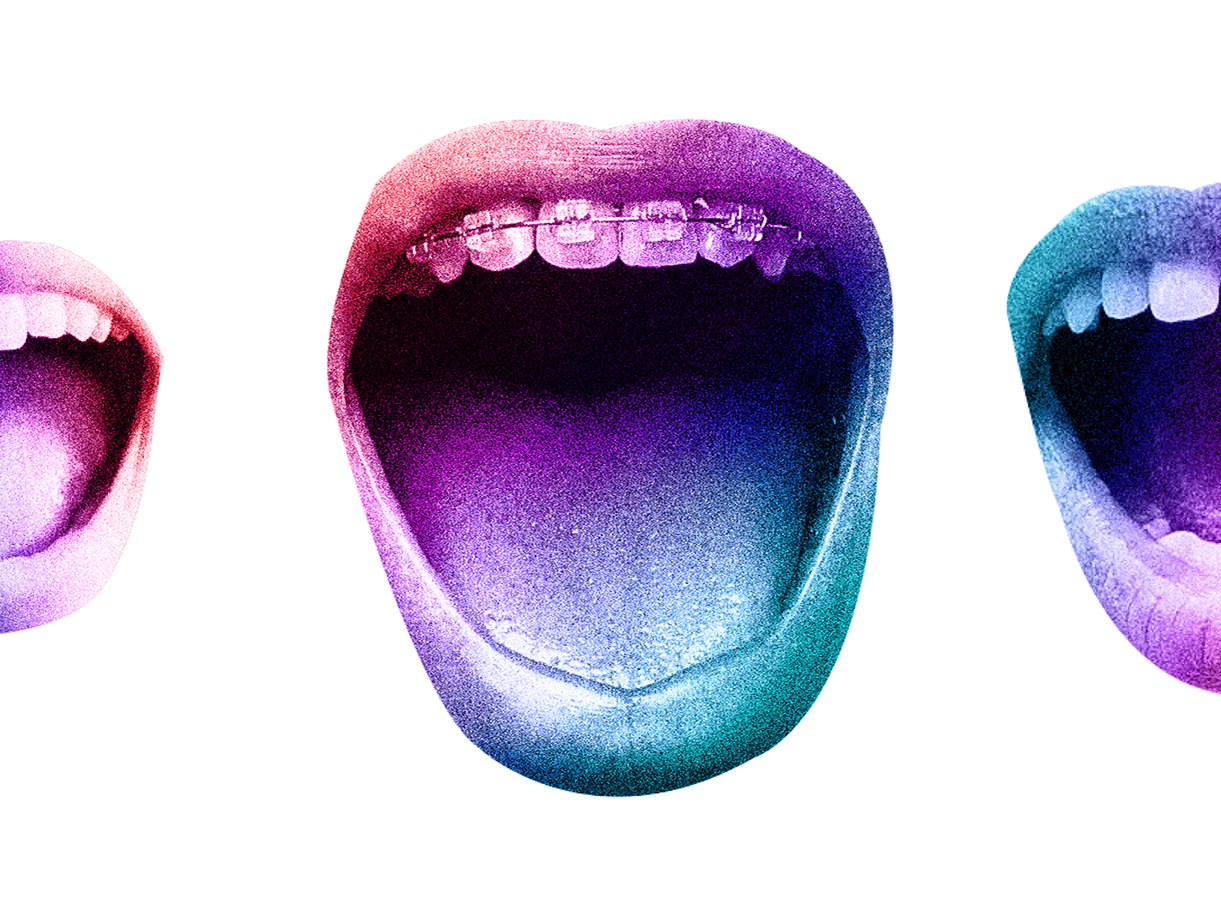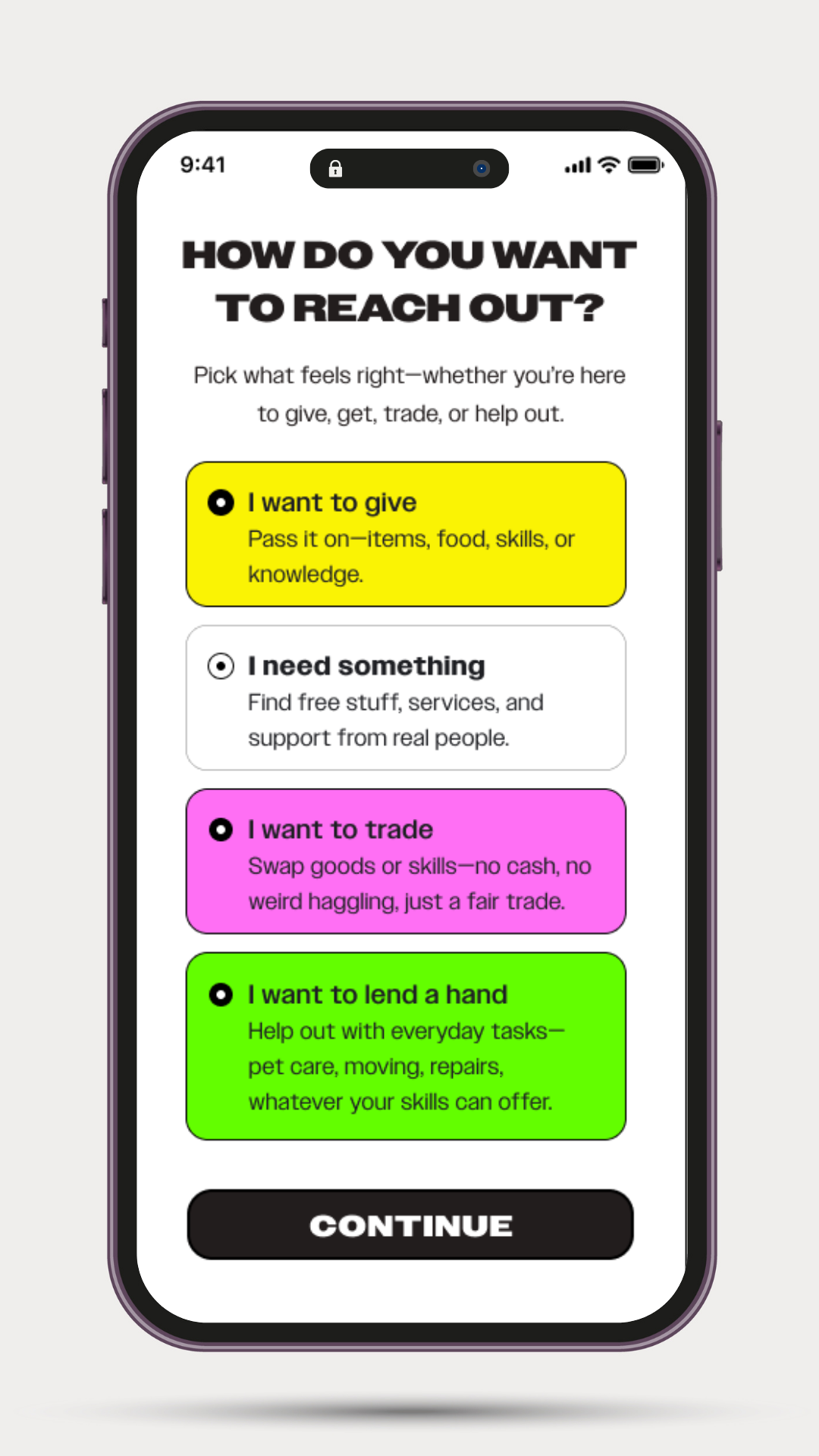
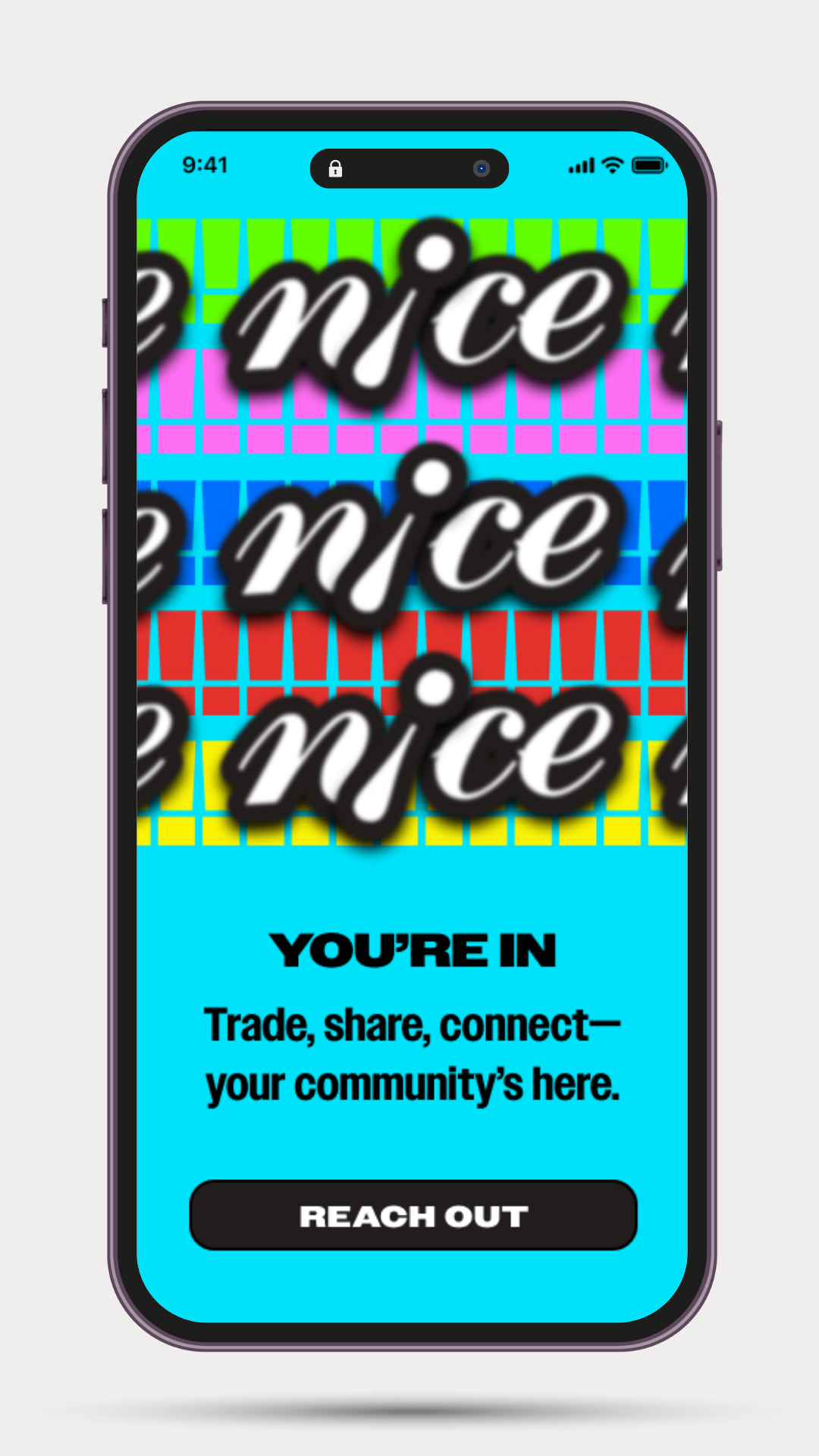

Infomercials made the absurd feel practical, convincing you that a weird little gadget might actually change your life. Commercial Script taps into that same nostalgic, loud energy to support Reach’s playful, attention-grabbing tone.
Typography is anchored by the Owner font family, used across weights and widths to create hierarchy and tonal flexibility. From bold, wide headlines to narrow subheads and legible body text, each style was selected for clarity, contrast, and impact—supporting a visual system that’s accessible, expressive, and direct.
The color system draws from visual references associated with urgency, clarity, and analog communication. Inspired by elements like warning signage and emergency broadcasts, each hue was selected to convey immediacy and approachability with a retro undertone. The palette’s naming conventions—Signal Lost, Emergency Broadcast, Warning Label, Direct Line, and Steady Hand—reinforce the brand’s utility-focused identity while adding a layer of expressive, functional character.




